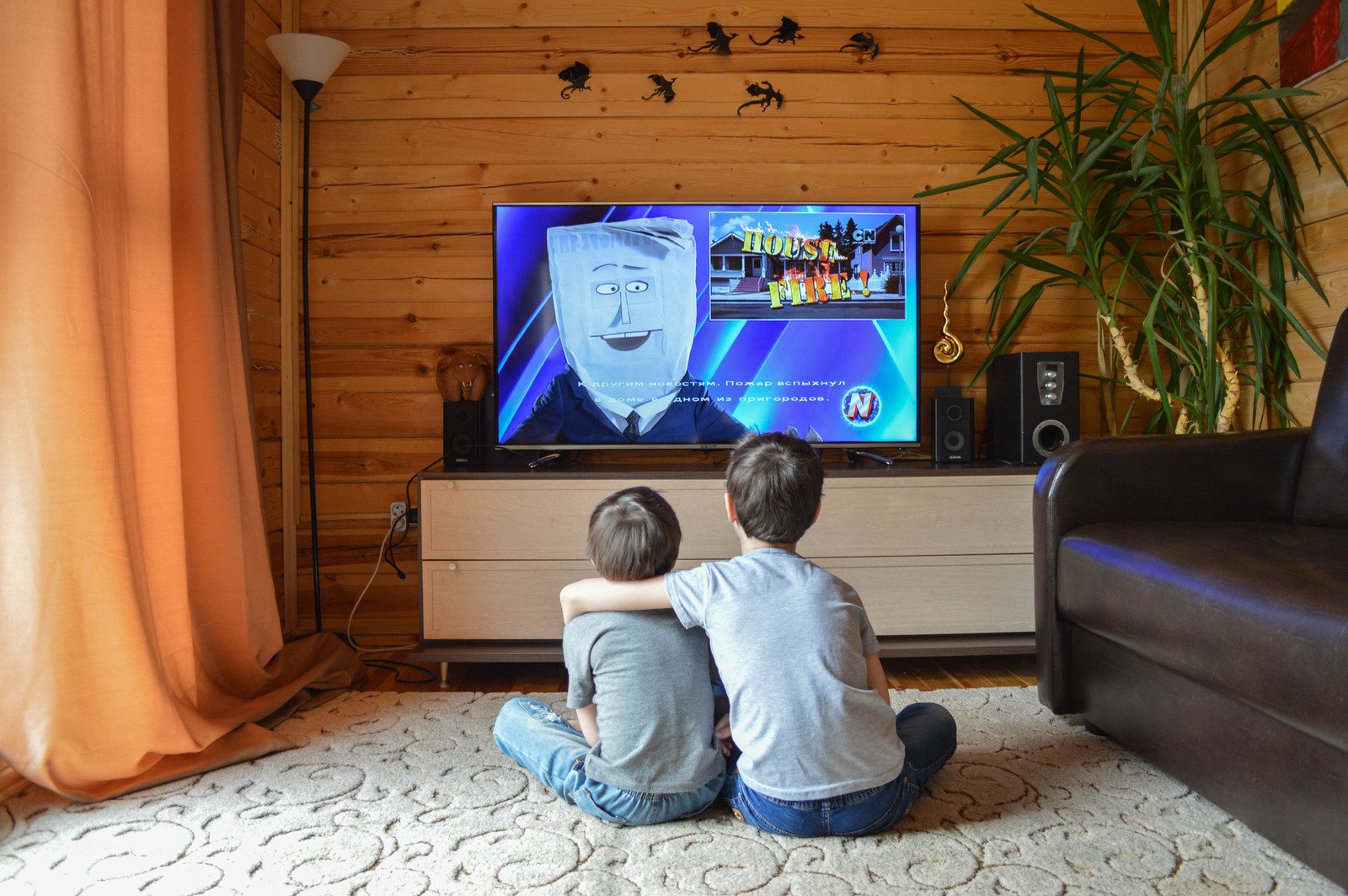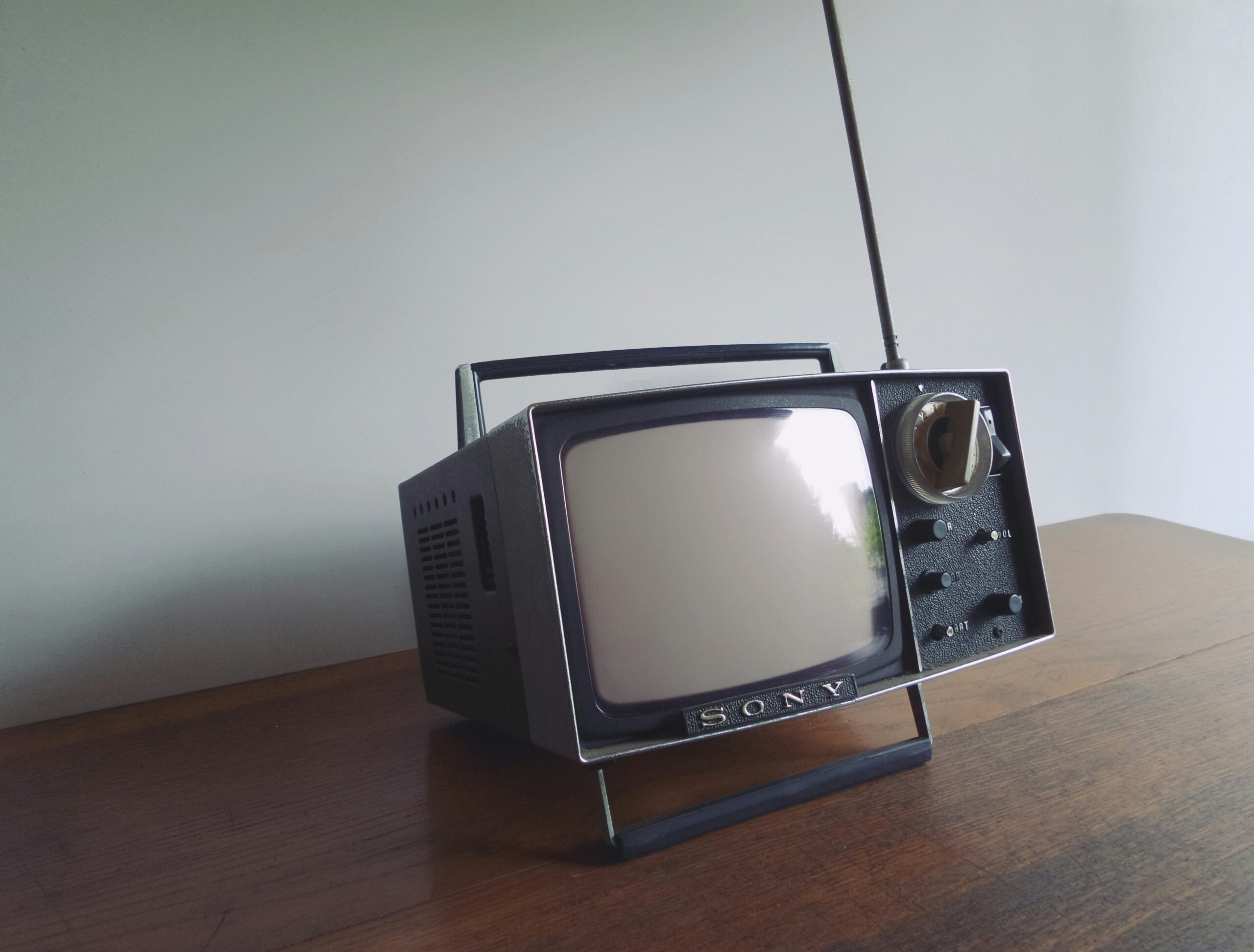Step into the captivating world of television, where innovation and technology have transformed our viewing experience over the decades. From the humble beginnings of black and white screens to the mesmerizing clarity of 4K Ultra HD, join us on a journey through time as we explore how televisions have evolved and revolutionized entertainment as we know it. Get ready to dive deep into the evolution of television – it’s a visual feast you won’t want to miss!
The Early Days: Black and White Televisions
Picture a time when families gathered around bulky black and white televisions, tuning in to grainy images and crackling sound. The early days of television were a simpler era, where programming was limited but the excitement was palpable. Viewers eagerly awaited their favorite shows, adjusting antennas for better reception.
Black and white televisions brought iconic moments into living rooms – from historic speeches to classic sitcoms that captured hearts. Despite the lack of color, these TVs held a special charm with their retro design and nostalgic appeal.
These vintage TVs may seem primitive by today’s standards, but they laid the foundation for the technological advancements that would follow. As we reflect on black and white televisions, we can’t help but appreciate the nostalgia they evoke and the role they played in shaping our modern viewing habits.
The Rise of Color TV
The introduction of color TV was a game-changer in the world of entertainment. No longer limited to shades of gray, viewers could now experience vibrant and lifelike visuals right in their living rooms. The transition from black and white to color opened up a whole new dimension for storytelling and broadcasting.
TV shows and movies came to life in ways previously unimaginable, with colors adding depth and richness to the viewing experience. People were no longer satisfied with monochrome displays; they craved the vividness that color television brought into their homes.
Advertisers quickly caught on to the power of color TV, using it as a tool to capture attention and create lasting impressions. Commercials became more visually appealing, sparking consumer interest like never before.
Color TV not only revolutionized how we watch television but also influenced other industries such as fashion, design, and even art. It marked a significant shift towards a more colorful and dynamic visual culture that continues to evolve today.
Advancements in Technology: From CRT to LED
From the bulky CRT TVs of the past to the sleek LED screens of today, technology in television sets has come a long way.
The transition from Cathode Ray Tube (CRT) to Light Emitting Diode (LED) technology marked a significant shift in picture quality and energy efficiency. CRT TVs were known for their deep backs and limited screen sizes, whereas LED TVs offer slim profiles and vibrant displays.
LED technology allows for brighter images, deeper blacks, and better contrast ratios compared to its predecessors. With advancements like 4K resolution becoming standard on LED TVs, viewers can enjoy crystal-clear picture quality with every detail popping off the screen.
Additionally, LED TVs are more environmentally friendly as they consume less power while producing higher brightness levels. The evolution from CRT to LED has truly revolutionized how we experience television content at home.
High Definition Television (HDTV)
High Definition Television (HDTV) revolutionized the way we watch TV. With crystal-clear images and vibrant colors, it brought a whole new viewing experience into our living rooms. The sharpness and detail in HDTV made us feel like we were right there in the action.
Gone were the days of fuzzy pictures and poor resolution; HDTV elevated our entertainment to a whole new level. No longer did we have to squint to make out what was happening on screen – every scene became vivid and lifelike.
As technology continued to advance, HDTVs became more affordable and accessible to the masses. It wasn’t just a luxury for the few anymore; it became a standard in households around the world.
The introduction of widescreen formats added an immersive aspect to watching movies and shows, enhancing our overall viewing pleasure. HDTV truly changed the game when it came to television quality.
Moving Towards 4K Ultra HD
As technology continues to advance at a rapid pace, television resolution has seen significant improvements over the years. The shift towards 4K Ultra HD has revolutionized the viewing experience for audiences worldwide.
With four times the pixels of Full HD, 4K Ultra HD delivers stunning clarity and detail that brings images to life like never before. Colors are more vibrant, textures are more defined, and overall picture quality is simply breathtaking.
This leap in resolution has elevated the way we consume content, whether it’s watching movies, sports events, or playing video games. The immersive nature of 4K Ultra HD transports viewers into a whole new realm of visual entertainment.
As streaming services and broadcasters continue to adopt this cutting-edge technology, 4K Ultra HD is becoming increasingly accessible to consumers. It’s no longer just a luxury reserved for early adopters but rather a standard expectation for modern televisions.
The future looks bright as we move closer towards even higher resolutions like 8K and beyond. Exciting times lie ahead as television technology evolves to bring us ever-closer to lifelike viewing experiences right in our living rooms.
The Future of Television: Virtual Reality and Beyond
As we look towards the future of television, one thing is clear – virtual reality is set to revolutionize the way we experience content. Imagine being fully immersed in your favorite TV show or movie, feeling like you’re right there in the action.
With advancements in technology, virtual reality headsets are becoming more accessible to consumers, offering a whole new level of engagement and interactivity. From interactive storytelling to immersive gaming experiences, the possibilities are endless.
Beyond virtual reality, other innovations such as holographic displays and augmented reality are on the horizon. These technologies have the potential to blur the lines between what’s real and what’s digital, creating a truly futuristic viewing experience.
The days of passive television watching may soon be behind us as viewers become active participants in their entertainment. The future of television holds exciting opportunities for creators and audiences alike.
How Television Has Impacted Society
Television has undoubtedly left a lasting impact on society. It has served as a powerful medium for entertainment, education, and communication. From bringing families together to sparking cultural conversations, television has shaped our world in profound ways.
As technology continues to advance, we can only imagine what the future holds for television. With the rise of virtual reality and other innovative technologies, the possibilities are endless. One thing is certain – television will continue to evolve and adapt to meet the changing needs of viewers around the globe.
So next time you sit down in front of your 4K Ultra HD TV, take a moment to appreciate how far television has come since its humble beginnings in black and white. And who knows what exciting developments lie ahead in the ever-evolving world of television!













